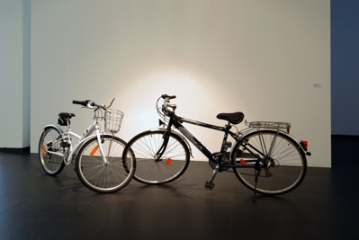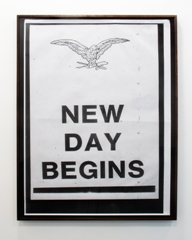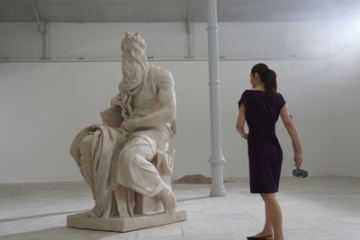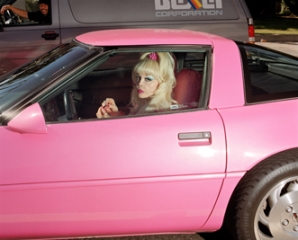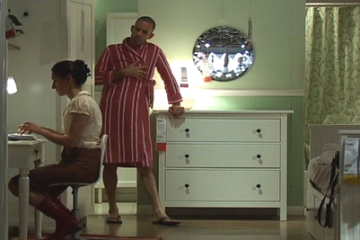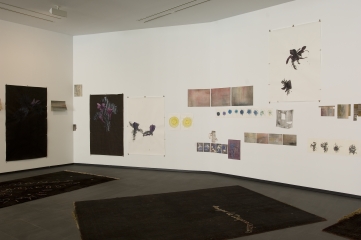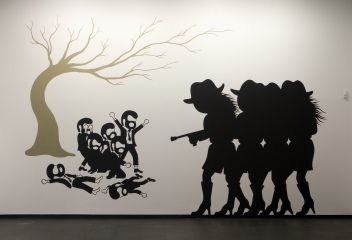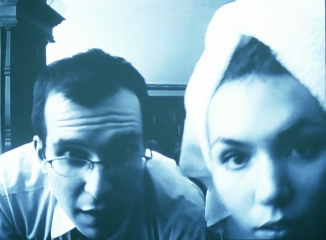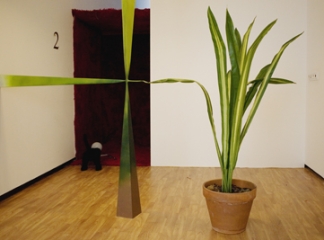
The Centro de Arte 2 de Mayo presents two installations by the artists David Bestué and Marc Vives. The first one, entitled Acciones en el universo, 2007, presents us with a type of tunnel of horror or experimental corridor and is divided into 11 separate spaces. The second installation, entitled La Confirmación, follows a character through different stages of his life that lead him to re-examine some of the certainties he has hitherto regarded as irrevocable.
